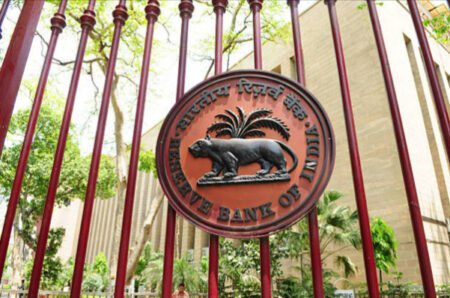The Covid-19 pandemic has exposed the Indian economy, coupled with a humanitarian catastrophe and muted policy response.
The pandemic has worsened the existing vulnerabilities of the economy. According to the Ministry of Statistics, Indian economic growth in the fourth quarter of the fiscal year 2020 suffered a contraction of 7%. However, the economy is expected to have a strong recovery and grow by 7.2% in 2021.
Covid-19 has adversely impacted India in terms of loss of human lives and disrupting economic activity.
The pandemic affected almost all the sectors. Every sector underwent distress from food & agriculture to aviation & tourism to telecom to oil & gas.
The complete lockdown across the country accounted for 2/3rd of the demand in the oil and gas sectors.
The pharmaceutical industry suffered as the pandemic caused an increase in raw materials’ prices imported from China.
Aviation and tourism industries were the first industries to be hit by the pandemic. Covid-19 has not impacted the Indian food sector but the Indian economy at large.
Indian Lockdown History
Covid-19 has made India undergo two lockdowns, and Indian lockdowns amidst the pandemic were the biggest in the world.
Lockdown
Indian PM Narendra Modi declared a nationwide lockdown on March 24, 2020, until May 31.
Unlike other countries, the lockdown did not help India in curbing the spread of the virus. The virus kept on spreading, despite the lockdown. Indian lockdown was the biggest in the world, forcing 1.3 billion people to stay indoors.
The stringent lockdown got imposed without any preparation or coordination with the states. The Indian economy worth $2.9 trillion remained shuttered, except for some essential services and activities.
The lockdown has had a devastating effect on the country’s already slowing economy, and India recorded the worst decline in the economy by 23.9%.
Lockdown 2.0
The second pandemic wave hit the country hard, pushing half of the Indian states into lockdown. Indian economy showed some signs of recovery after coping with the first pandemic wave, but the Lockdown 2.0 brought headwinds to this economic recovery.
Data analysis on lockdown 2.0 shows that the retail industry saw a 22% decline in March 2021 compared to March 2020.
The second wave of the virus destabilized the growth achieved after the upliftment of the first lockdown. Lockdown 2.0 badly triggered the auto and hospitality sector across the country.
While larger companies were better prepared for the second lockdown, small businesses faced massive disruptions.
The small and medium-sized companies were still recovering from the impact of the previous lockdown when the second wave hit the country.
Expert Remark
Sanjeev Sanyal, the principal economic advisor in the Finance Ministry, said,” The Indian Economy has weathered the impact of the second wave.
As the industries are opening up, the economy of the country is restabilizing itself”. He further added, “The second wave of the pandemic has lesser impact on the economy than the first wave.
The demand is never a constraint in India, while this is a serious issue worldwide”. Sanyal further added,” During the first wave, the prime focus was on framework reforms like GST, Aadhar, labour, and farm laws. However, the second wave focused on sectoral reforms like deregulation, monetization, and privatization of the industries”.
Talking about the third wave reforms, Sanjeev stated,” During the third wave, we would aim at reforms like delivery of justice, enforcement of a contract, and up-gradation of municipal services”.
The Looming Outlook
The scale of disturbance caused by the pandemic makes it evident that the current economic downturn is different from recessions. A shrinkage in demand and a rapid increase in unemployment has altered the business landscape.
Adopting new principles like localization, cash conservation, supply chain resilience, and innovation may help businesses create a new path in this uncertain environment.
India aims at giving access to world-class innovations to the poorer sections of the society to foster innovations. The Indian economy focuses on a growth strategy based on flexibility and resilience rather than rigid planning.












